
Spa Terrace Shisui
Arima Onsen
Hyogo
Crafting the Essence of Japan and the Present: A Japanese Modern Inn
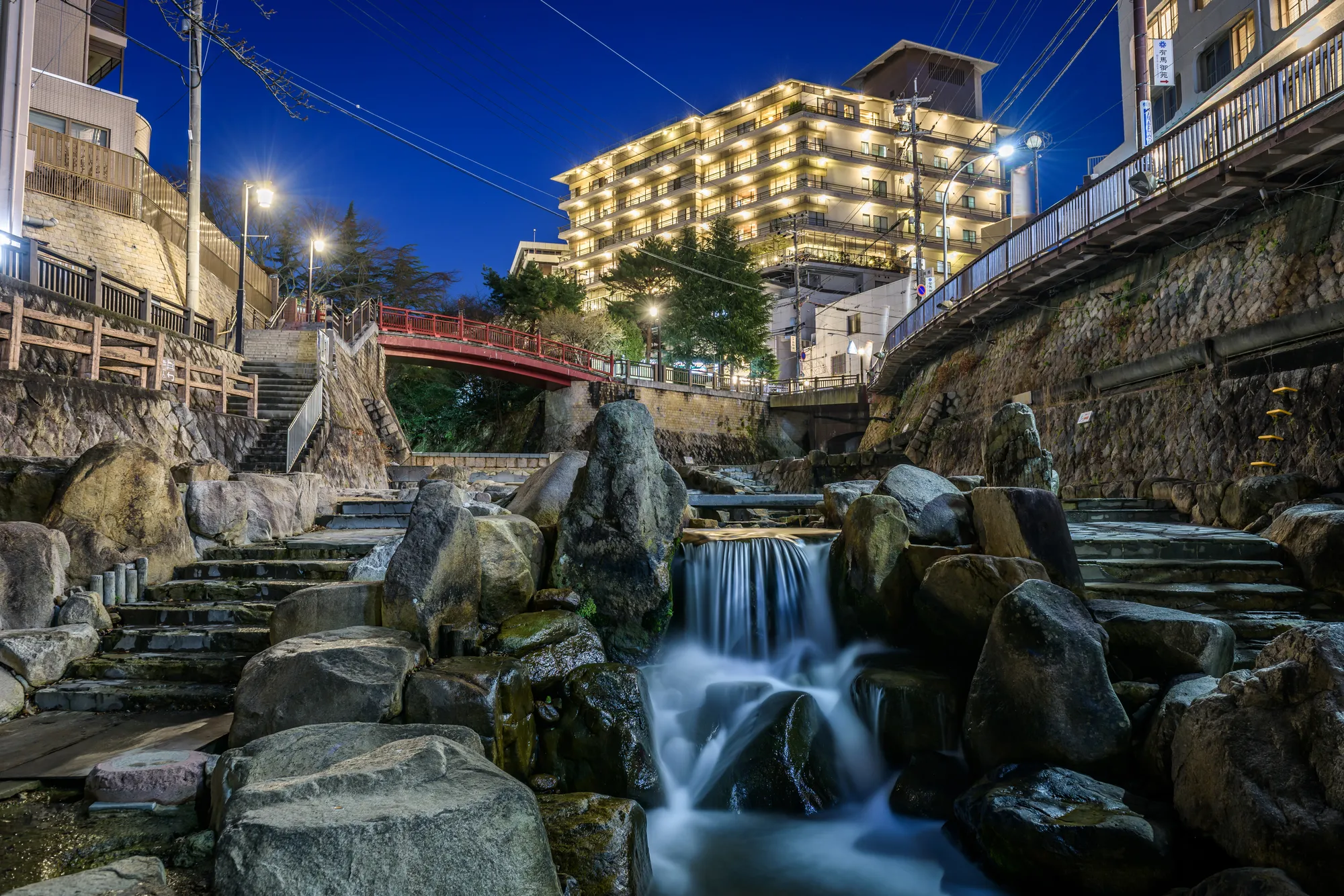

Arima Onsen is a famous hot spring with a long history, which is called the Three Famous Waters of Japan and the Japanese Antique Springs in Japan.
It is located in Kobe City, where the prefectural capital is located, and is easily accessible. It takes about 2 hours by train from Kansai International Airport, about 1 hour and 10 minutes by train from Kobe Airport, and about 30 minutes by bus from Osaka International Airport (Itami Airport).
Although it has a long history, it is close to the center of Kobe City, and there is a onsen town with beautiful nature and atmosphere.
Arima Onsen is a hot spring that contains seven of the nine main components designated by the Ministry of the Environment of Japan as a therapeutic spring, which is rare in the world. At Arima Onsen, you can enjoy two hot springs of different quality: Kinsen (gold spring) and Ginsen (silver spring). Kinsen contains iron and salt, while Ginsen contains carbonated springs and radon springs.
Arima Onsen is not far from Kyoto, where the capital was located from 794 to 1869, and has been visited by many powerful and great people, including emperors and generals who have left their mark on history. The Taiko Bridge at the entrance to the hot spring town is named after the title "Taiko" of Toyotomi Hideyoshi (1536~1598), a warlord who loved Arima Onsen.
There are many places in the onsen resort named after the historical figures who visited Arima Onsen over the course of its long history. One of the attractions is that you can experience the history and culture of Arima while feeling the four seasons of Japan, such as the fresh greenery of early summer and the autumn leaves of autumn.
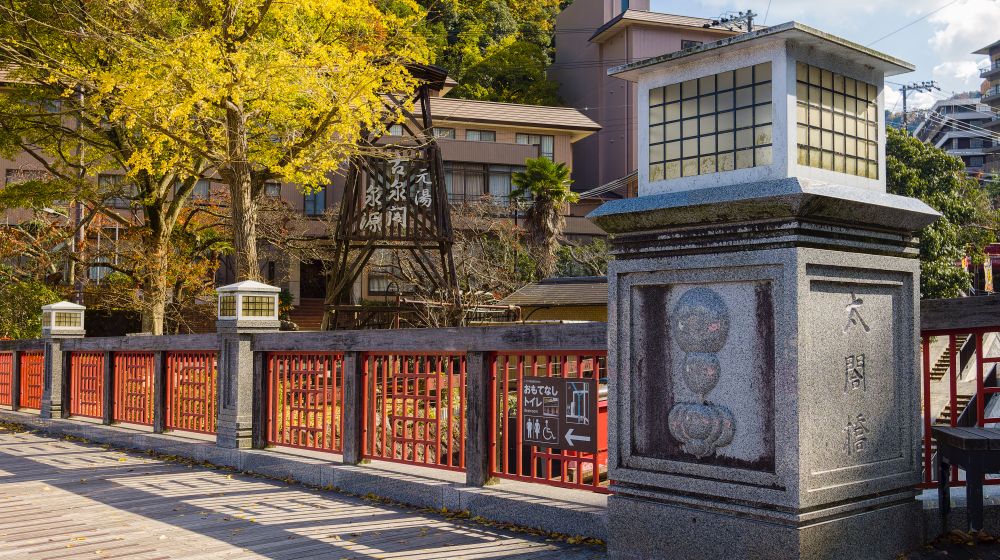
The main street of the hot spring town is Arima Honkaido (Yumotozaka). A gentle slope of about 600 meters is lined with traditional lattice door buildings. On the quaint streets, there are shops and cafes selling the famous Arima brushes, Arima baskets, and carbonated rice crackers.
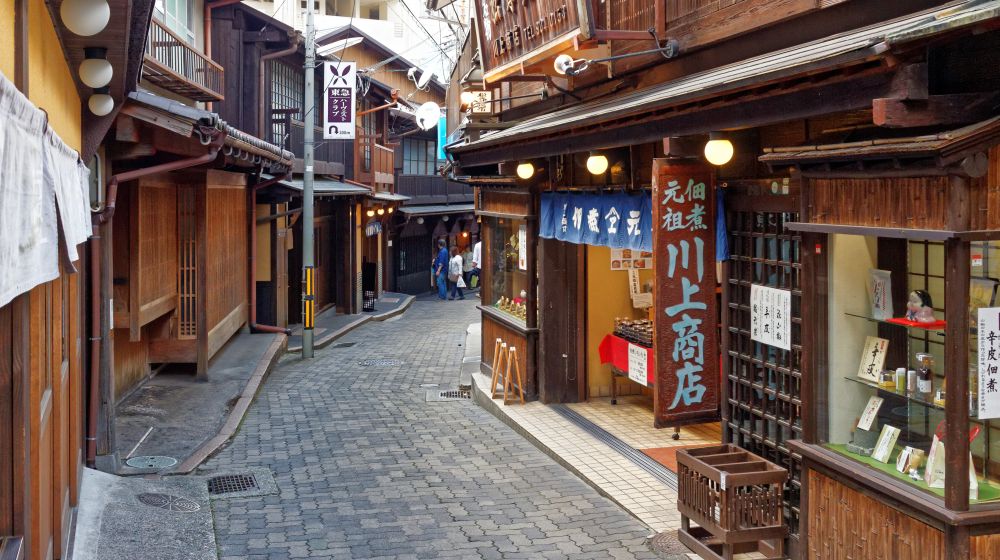
The Arima brush is a karakuri brush that pops out when the tip of the brush is turned downward. With a history of more than 450 years since the Muromachi period (1336~1573), it is a lucky charm for giving birth and easy childbirth. Arima basket is a bamboo work made in Arima.
Carbonated rice crackers are made from the carbonated spring (ginsen) of Arima Onsen, and are unique and crisp and light to the touch.
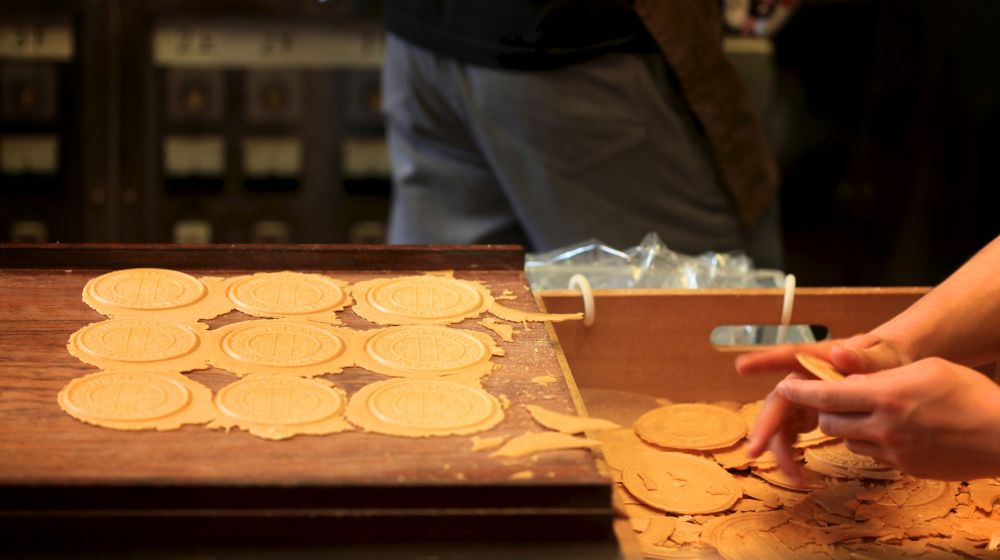
In addition, there is also the world's first carbonated specialty store that transmits the charm of carbonic acid from Arima. The shop stocks carbonated cosmetics, carbonated bath salts, and rare carbonated drinks.
If you get tired from walking, you can take a break in the free foot bath. The foot bath, which is located very close to the public bath "Kinnoyu", has a high moisturizing effect with the hot water of Kinsen, and it warms your feet. At Arima Onsen, you can enjoy onsen culture while walking along the quaint streets.
From Kansai International Airport, the international gateway to western Japan, it takes about a 2-hour train ride away. From major cities in Japan, it is easily accessible by plane or Shinkansen (bullet train).
By plane, you will go via Kobe Airport or Osaka International (Itami Airport). And it takes about 1 hour and 10 minutes by train from Kobe Airport and about 30 minutes by bus from Osaka International Airport (Itami Airport). Please note that buses from Osaka International Airport (Itami Airport) require reservations and there are only three buses per day.
By Shinkansen, you will go through Shin-Kobe Station. It takes about 30 minutes by train and 45 minutes by bus from Shin-Kobe Station.
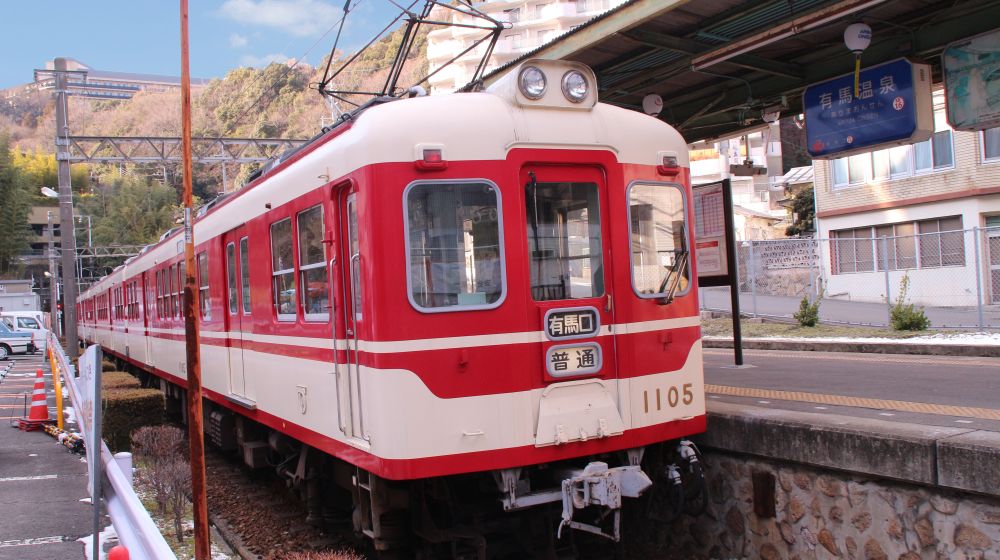
The nearest station to Arima Onsen by train is Arima Onsen Station on the Kobe Electric Railway. At Arimaguchi Station on the Kobe Electric Railway Arima Line, change to the train "To Arima Onsen" and you can arrive at Arima Onsen Station.
*By train (about 2 hours 10 minutes)
Kansai International Airport →<JR>→ JR Osaka Station→ JR Sannomiya Station→ <Kobe Municipal Subway>
→ Tanikami Station→ <Kobe Electric Railway>→ Arimaguchi Station→ Arima Onsen Station
* By bus (about 2 hours)
Kansai International Airport →<Limousine Bus>→Kobe Sannomiya Station
→< Hankyu Electric Railway and Hanshin Electric Railway >→ Sannomiya Station→<Kobe Municipal Subway>
→ Tanikami Station→ <Kobe Electric Railway>→ Arimaguchi Station→ Arima Onsen Station
The limousine bus from Kansai Airport takes about 1 hour 5~20 minutes by direct flight, and about 1 hour 15~30 minutes via Rokko Island. The airport has Terminals 1 and 2, both of which have limousine bus stops. It takes about 15 minutes from Terminal 1 to Terminal 2. It takes about 35 minutes by train from Kobe Sannomiya to Arima Onsen.
(about 30 minutes)
Osaka International Airport (Itami Airport) → <HANKYU EXPRESSWAY BUS>→ Arima Onsen
(About 1 hour 10 minutes)
Kobe Airport →<Port Liner>→ Kobe Airport Station→ Sannomiya Station<Kobe Municipal Subway>
→ Tanikami Station→ <Kobe Electric Railway>→Arimaguchi Station→ Arima Onsen Station
*By train (about 1 hour 10 minutes)
JR Kyoto Station Karasuma Exit →< West Japan JR Highway Bus Arima Express >→ Arima Onsen
*By bus (about 1 hour 15 minutes)
Kyoto Station Hachijo Exit →<Hankyu Bus, Keihan Bus>→ Arima Onsen
*By train(about 1 hour 20 minutes)
Hankyu Electric Railway / Hanshin Electric Railway Umeda Station → <Kōbe Rapid Transit Railway>→ Shinkaichi Station → <Kobe Municipal Subway>→ Tanikami Station → <Kobe Electric Railway>→ Arimaguchi Station → Arima Onsen Station
*By train (about 30 minutes)
Shin-Kobe Station →<Kobe Municipal Subway>→ Tanikami Station→ <Kobe Electric Railway>→ Arimaguchi Station→ Arima Onsen Station
*By bus (about 30 minutes)
Shin-Kobe Station/JR, Hankyu, Subway Sannomiya Station→< West Japan JR Highway Bus Arima Express>→ Arima Onsen
Arima Onsen is a rare mixture of multiple ingredients in the world, which contains seven of the nine main components designated by the Ministry of the Environment as therapeutic springs (simple hot springs, carbon dioxide springs, bicarbonate springs, chloride springs, sulfate springs, iron-containing springs, sulfur springs, acidic springs, and radioactive springs), excluding sulfur springs and acidic springs.
Arima Onsen has hot water with different properties, Kinsen (gold spring) and Ginsen (silver spring)
Kinsen is a brownish-brown water that contains iron and salt. Ginsen is a colorless and transparent hot water, and there are two types of hot water: carbonated springs and radon springs. There are other hot spring resorts where two types of hot water of different qualities spring up, but the combination of iron springs, which are high in iron, and carbonated springs, which contain carbon dioxide gas, is rare in Japan. The effects and indications for each are as follows.
Kinsen (A Gold spring in Arima Onsen traditionally known for its iron and salt content)
effect
The salt contained in hot water warms the body for cold sensitivity, back pain, muscle and joint pain, etc. It can also be expected to have a moisturizing effect due to the action of salt, which has the function of creating a thin film on the skin, and metasilicic acid, which promotes skin metabolism and adjusts ceramides.
Due to its bactericidal properties, it relieves infectious skin diseases and chronic eczema. The calcium ions contained in hot water have a sedative effect and have a relieving effect on pain and inflammation. It is also effective for various allergic skin diseases, chronic eczema, hives, wounds and burns.
Indications
Inflammatory and non-inflammatory rheumatic diseases, trauma, rehabilitation after surgery, chronic adnexitis, functional infertility, autonomic nervous system disorders, psoriasis
effect
When a carbonated spring in which carbon dioxide gas is dissolved in hot water is taken in through the skin, the capillaries dilate and blood flow increases. Blood circulation throughout the body improves, and swelling is resolved. It is effective in hypertension, peripheral arterial occlusive disease, functional arterial circulatory disorders, and functional heart disease. When consumed, it stimulates the secretion of gastric juice, so it is also effective in increasing appetite.
Indications
Hypertension, peripheral arterial occlusive disease, functional arterial circulatory disorders, incurable wounds, local circulatory disorders of the limbs
By inhaling the gas through the respiratory tract, it affects the tissues of the whole body and enhances the body's natural healing power.
Indications
Rigid spondylosis, Degenerative symptoms of the joints, Chronic polyarthrosis, Degenerative diseases of the spine, Chronic gout, Joints, muscle rheumatism, Mild peripheral arterial blood circulation disorders, Menopause, Bronchial asthma
It is said that the source of Arima Onsen was discovered about 3,000 years ago in the Japan mythological period.
Arima Onsen is a famous hot spring with a history that is counted as one of the "Three Ancient Springs of Japan".
Arima Onsen is said to be one of the three ancient springs in Japan because it is described in the official history of Japan "Japan Shoki" compiled in the Nara period (710~794). Arima Onsen first appears in Japan literature in the "Japan Shoki", which describes Emperor Shumei's visit to Arima Onsen for 86 days in 631 during the Asuka period (592~710). This is said to be the first record of the emperor performing a hot spring cure, and Arima Onsen has long been popular as a hot spring bath.
At first, hot springs were practiced by a few powerful people, such as the emperor, but gradually spread to people from all walks of life. It was from the Edo period (1603~1868) that the common people began to actively practice hot spring treatment.
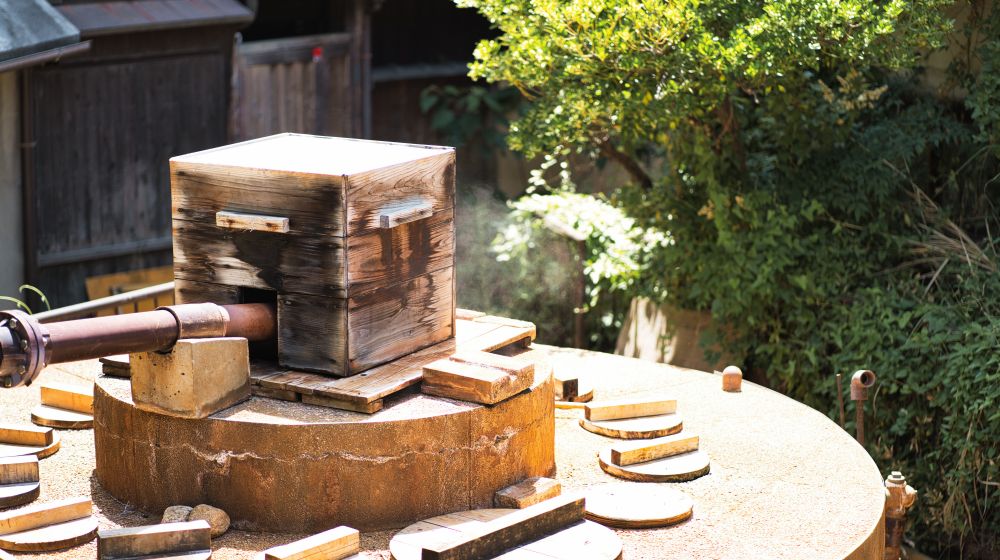
In talking about the history of Arima Onsen, it is indispensable to have the so-called "three benefactors" of Gyoki, Ninsai, and Toyotomi Hideyoshi. Throughout its long history, Arima Onsen has often been damaged by disasters and has faced a crisis of survival. These three people revived the declining Arima Onsen and contributed to its development.
Gyoki is a monk who revived Arima Onsen, which had been in decline for a time after becoming famous due to the Emperor's deeds. Gyoki revived the source of the spring that had been buried by the landslide and opened the hot spring temple in 724. It is said that after Gyoki opened the hot spring temple, Arima Onsen regained its liveliness.
During the Heian period (794~1185), emperors and poets visited from the capital of Kyoto, and they began to be found in literature.
However, in 1097, a great flood struck and the hot spring town was devastated again. Ninsai, who was a monk in Nara, came to Arima to restore Arima Onsen after receiving a dream. In 1191, during the Kamakura period (1185~1333), Ninsai renovated the onsen temple with the revival of Arima Onsen and ran 12 lodgings. Due to the reconstruction, Arima Onsen flourished as a trendy hot spring resort and continued to live in peace.
During the Azuchi-Momoyama period (1568~1600), the warlord Toyotomi Hideyoshi rebuilt Arima Onsen, which was again damaged by a great fire in 1576. Toyotomi Hideyoshi carried out extensive renovation work and rebuilt Arima Onsen. He also brought a large number of servants to Arima and held a tea ceremony with Sen Rikyu and others. Sen Rikyu is a famous tea master who established the tea ceremony called "wabi-cha".
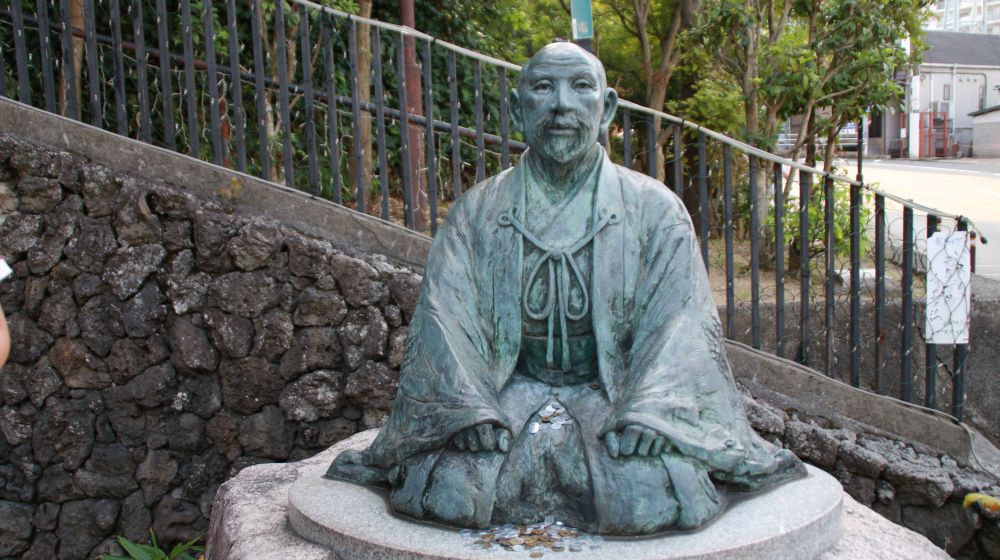
In the Edo period (1603~1868), the common people began to practice hot spring treatment, and it developed further. Arima Onsen was so crowded with about 1,000 shops along the road, so much so that it was described as Arima Senken. At that time, each inn did not have an indoor bath as it is now, but there was one former hot spring in the town, and the bathers used to visit it.
Arima Onsen had to go over the mountains until the transportation infrastructure was developed, and winter was off-season.
In 1915, during the Taisho era (1912~1926), a railway was opened between Mita Station and Arima Station. In 1928, during the Showa era (1926~1989), the Kobe Electric Railway and the Ura-Rokko Driveway were opened, making access more convenient. As a result, Arima Onsen has developed from a hot spring resort to a tourist destination.
Once the transportation was improved, each inn began to build indoor baths in the building. Tourists can now enjoy the onsen at any time they want, without getting cold even in winter.